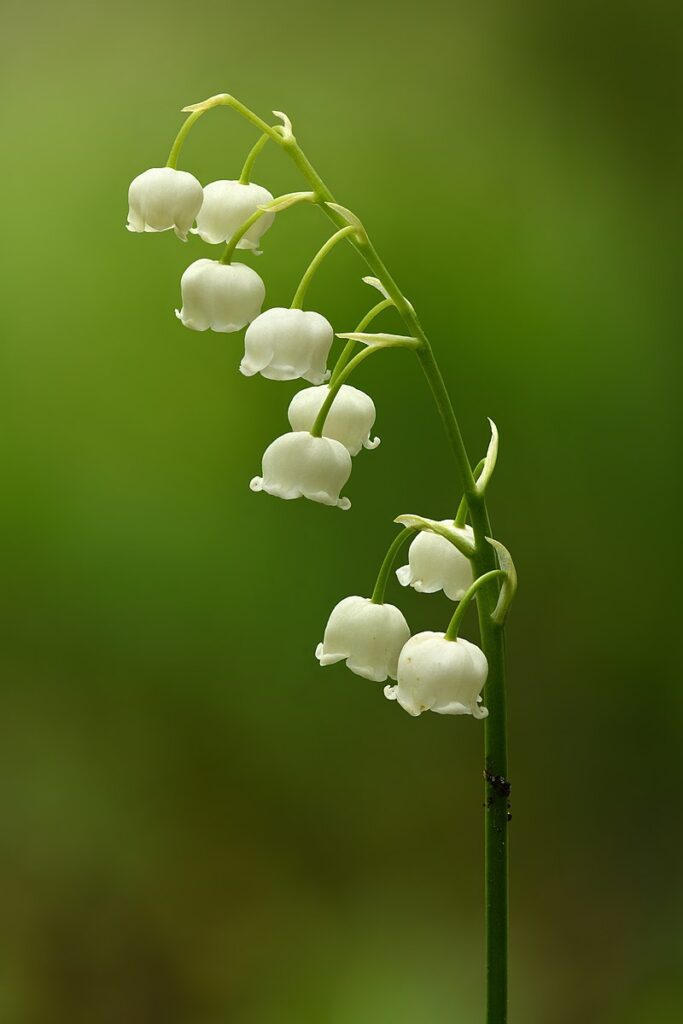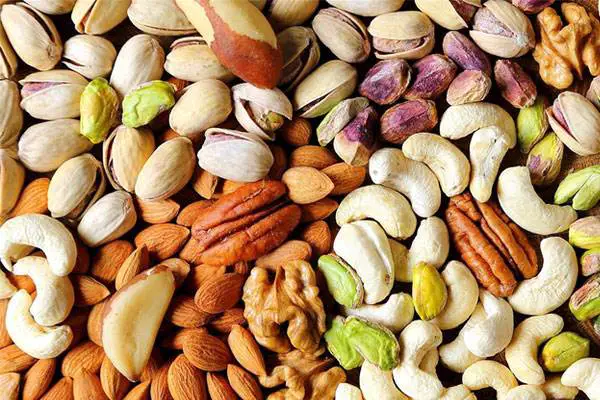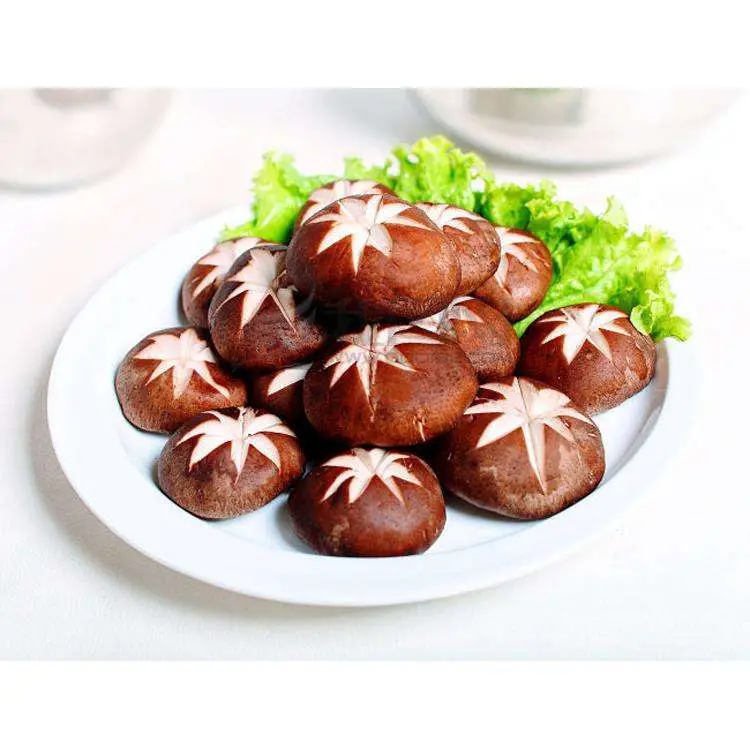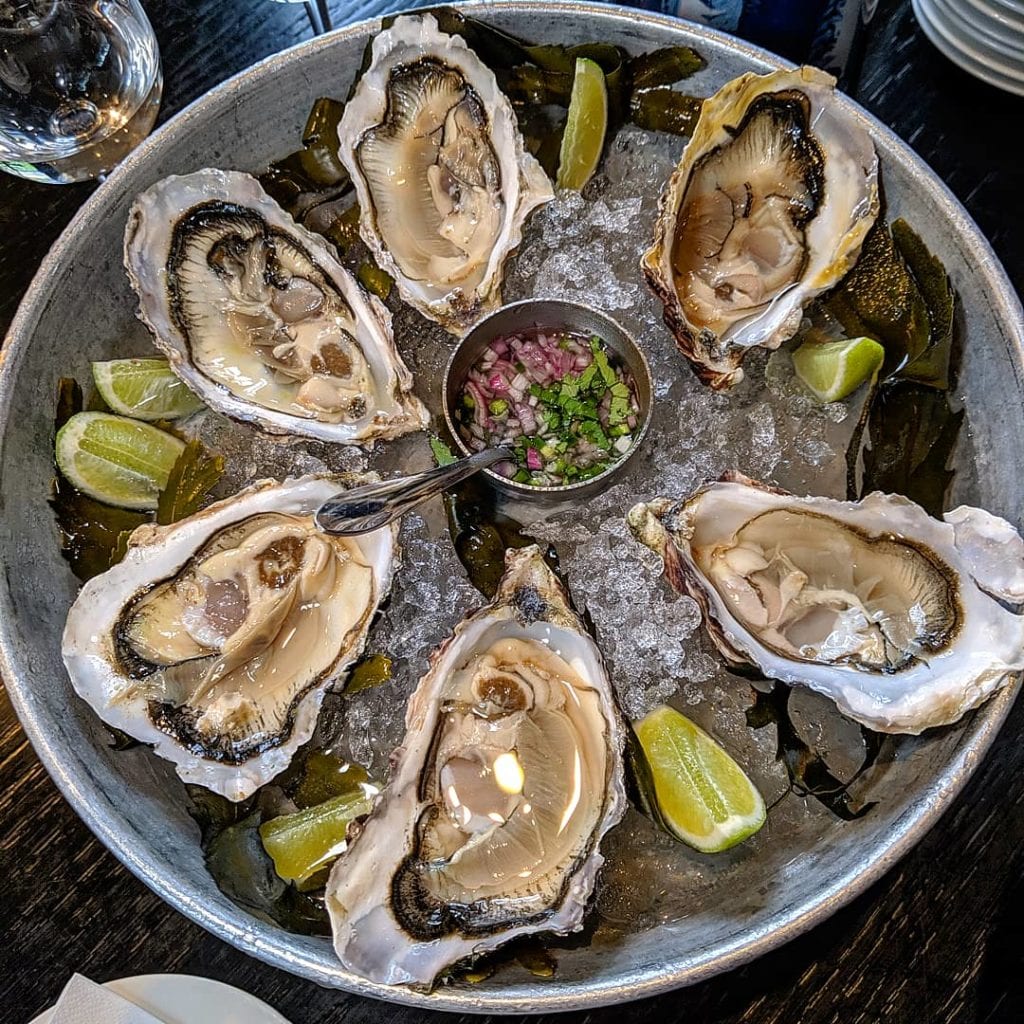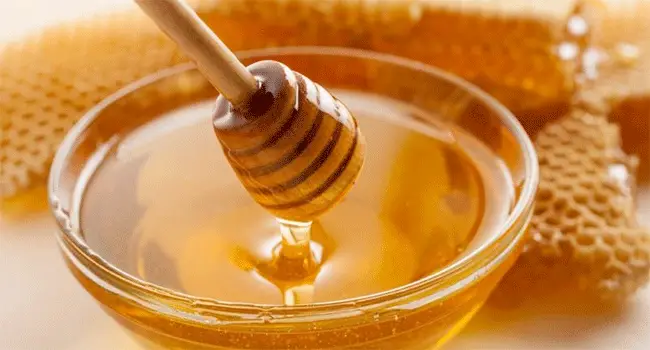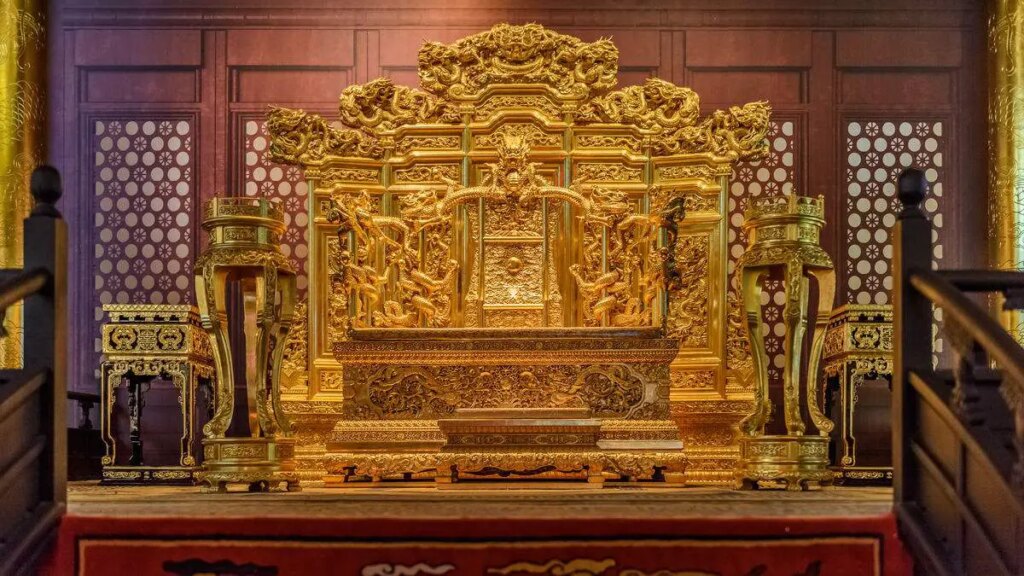Which is the most expensive plant in the world?
The most expensive plant in the world is the Juliet Rose, which was developed over 15 years and cost approximately $15.8 million to create. This rose was introduced at the Chelsea Flower Show in 2006 and is renowned for its exquisite beauty and unique characteristics.
Did Monstera plant sell for $5000?
Yes, certain varieties of the Monstera plant, particularly the Adansonii Variegata, have sold for as much as $38,000. However, more commonly, a Monstera Esqueleto can be found priced around $500.
What plant is worth money?
Several plants are considered valuable, including:
- Juliet Rose: $15.8 million
- Bonsai Pine: Up to $1.3 million
- Shenzhen Nongke Orchid: Sold for around $224,000
- Adansonii Variegata: Sold for up to $38,000
What is the most expensive houseplant ever sold?
The most expensive houseplant ever sold is the Adansonii Variegata, which fetched a staggering price of $38,000 at auction.
What is the rarest plant on Earth?
The Kadupul Flower, native to Sri Lanka, is often considered one of the rarest plants on Earth. It is extremely delicate and has never been successfully sold due to its fleeting bloom.
What is the number 1 expensive flower in the world?
The Juliet Rose holds the title for the most expensive flower, valued at approximately $15.8 million due to its long development time and unique beauty.
Why is Monstera so expensive?
Monstera plants are expensive primarily due to their popularity among collectors and their unique aesthetic appeal. Variegated varieties, which feature striking patterns of white and green leaves, are particularly sought after.
Why is Monstera rare?
Certain varieties of Monstera are considered rare because of their limited availability and high demand among collectors. Factors such as specific growing conditions and propagation challenges contribute to their rarity.
How long will Monstera live?
With proper care, a Monstera plant can live for several decades, often reaching 40 years or more in suitable conditions.
What is the rarest plant to own?
The Ghost Orchid (Dendrophylax lindenii) is often cited as one of the rarest plants to own due to its elusive nature and specific habitat requirements.
What plant makes the most money?
The Saffron Crocus generates significant income due to its high market value; saffron can sell for between $5,000 and $10,000 per pound because it requires extensive labor to harvest.
What is the rarest most beautiful flower?
The Blue Lotus (Nymphaea caerulea) is considered one of the rarest and most beautiful flowers due to its striking color and cultural significance.
Do black roses exist?
Black roses do not exist naturally; however, they can be created through dyeing white roses or by breeding dark red roses that appear nearly black.
What is the rarest color of rose?
The rarest color of rose is often considered to be blue, as true blue roses do not occur naturally; they are typically created through genetic modification or dyeing techniques.
Are blue roses real?
True blue roses do not exist in nature. However, they can be artificially created through genetic engineering or by dyeing white roses.
Are rainbow roses real?
Rainbow roses are real but are not naturally occurring. They are created by splitting the stem of a white rose and placing it in different colored water, allowing each petal to absorb a different hue.
What do black roses mean?
Black roses symbolize death or mourning but can also represent rebirth or new beginnings in certain contexts.
Does purple rose exist?
Yes, purple roses do exist and symbolize enchantment or love at first sight. They are often bred through hybridization.
What does 108 roses mean?
Giving 108 roses typically signifies deep love and devotion. In some cultures, it may also represent a spiritual or religious significance.
Does GREY rose exist?
Grey roses do not occur naturally; however, they can be created through dyeing techniques or selective breeding of certain rose varieties that appear greyish under specific lighting conditions.
Are cosmic roses real?
Cosmic roses are not a recognized variety; they may refer to dyed or specially bred flowers that exhibit unique colors or patterns resembling a cosmic theme.
Are Infinity roses real?
Infinity roses are preserved roses that last for an extended period (up to a year) without water. They are treated with special solutions to maintain their appearance.
Are soap roses real?
Soap roses are artificial flowers made from soap materials that resemble real roses. They are often used for decorative purposes rather than as living plants.
Are Lulu roses real?
Lulu roses refer to a specific variety known for their vibrant colors and fragrance. They exist but may not be widely available everywhere.
Is Forever Rose real?
Forever Roses refer to preserved flowers that maintain their appearance for an extended time without water. They are marketed as lasting indefinitely with proper care.
Is the Chinese rose real?
Yes, Chinese roses (often referred to as hibiscus) are real and come in various species known for their large blooms and vibrant colors.
Are box roses real?
Box roses typically refer to preserved or artificial arrangements designed for gifting or decoration rather than living plants.
Are fairy roses real?
Fairy roses are a term often used for smaller rose varieties or miniature hybrids that resemble traditional fairy-tale aesthetics; they do exist but may vary in availability.

